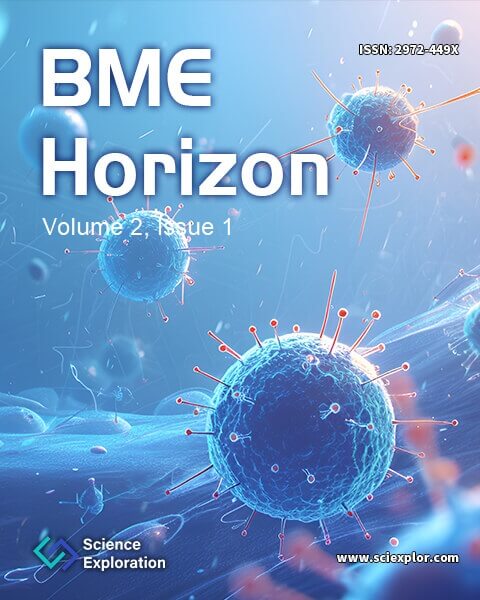
Table Of Contents (2 Articles)
Bond strength between receptor binding domain of spike protein and human angiotensin converting enzyme-2 using machine learning
The spike protein (S-protein) of SARS-CoV-2 plays an important role in binding, fusion, and host entry. In this study, we have predicted interatomic bond strength between receptor binding domain (RBD) and angiotensin converting enzyme-2 (ACE2) using machine ...
More.The spike protein (S-protein) of SARS-CoV-2 plays an important role in binding, fusion, and host entry. In this study, we have predicted interatomic bond strength between receptor binding domain (RBD) and angiotensin converting enzyme-2 (ACE2) using machine learning (ML), that matches with expensive ab initio calculation result. We collected bond order result from ab initio calculations. We selected a total of 18 variables such as bond type, bond length, elements and their coordinates, and others, to train ML models. We then trained five well-known regression models, namely, Decision Tree regression, KNN Regression, XGBoost, Lasso Regression, and Ridge Regression. We tested these models on two different datasets, namely, Wild type (WT) and Omicron variant (OV). In the first setting, we used 90% of each dataset for training and 10% for testing to predict the bond order. XGBoost model outperformed all the other models in the prediction of the WT dataset. It achieved an R2 Score of 0.997. XGBoost also outperformed all the other models with an R2 score of 0.9998 in the prediction of the OV dataset. In the second setting, we trained all the models on the WT (or OV) dataset and predicted the bond order on the OV (or WT) dataset. Interestingly, Decision Tree outperformed all the other models in both cases. It achieved an R2 score of 0.997.
Less.Abdulmateen Adebiyi, ... Wai-Yim Ching
DOI:https://doi.org/10.37155/2972-449X-vol2(1)-110 - June 15, 2024
Stimuli-responsive crosslinked chitosan/polyethylene glycol/3-glycidyloxypropyltrimethoxy silane-based hydrogels for biomedical applications
Biodegradable pH-responsive hydrogels have become a powerful tool in medicine for synthesizing wound dressings and drug delivery applications. The current study focuses on the development of crosslinked semi-interpenetrating polymer networks of chitosan/poly(ethylene ...
More.Biodegradable pH-responsive hydrogels have become a powerful tool in medicine for synthesizing wound dressings and drug delivery applications. The current study focuses on the development of crosslinked semi-interpenetrating polymer networks of chitosan/poly(ethylene glycol)/3-glycidyloxypropyltrimethoxy silane (GPTMS) blends containing honey and aloe vera gel. All hydrogels were prepared by physical blending and solution casting methods. Fourier transform infrared (FTIR) spectroscopy was performed to analyse the developed interactions among the polymers and crosslinker. To check the thermal behaviour and crosslinking density of all hydrogel matrixes, thermogravimetric analysis (TGA) was done. The effects of the crosslinker concentration on the swelling trend of all hydrogels were investigated against distilled water and buffers of varying pH. The hydrogel was found thermally stable with enhanced swelling rate, good moisture capability, and pH responsiveness. These properties and the material's cost-effectiveness suggest that the fabricated blend hydrogels can be suitable for wound dressing and other biomedical applications.
Less.Sehrish Hanif, ... Rafi Ullah Khan
DOI:https://doi.org/10.37155/2972-449X-vol2(1)-102 - June 05, 2024
